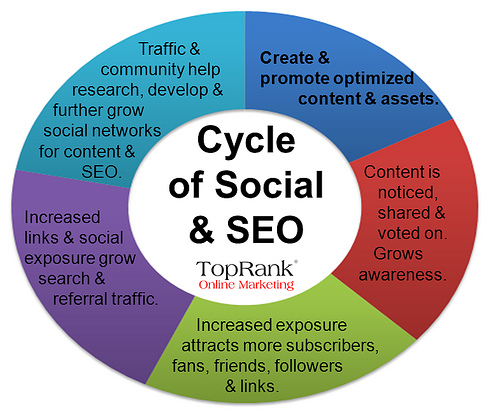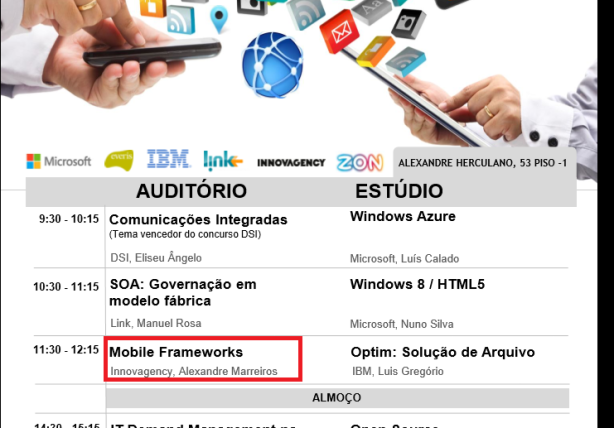I had read today a post from easyboyweb that is according my ideas about the content and his importance in our Work in the digital being us Business consultants technological thinker’s, Technical decision maker’s or just technical professionals (like architects or developer’s), so idecided to bring this content to our discussion forum and to our readers.
All credits go the the author’s of the post.

”
Is it True that Content is King?
Let’s face it; a business is dead in the water without sales. To have sales you must have a strategy in place that drives traffic to your website. Once there, that traffic has to convert to sales. Like many people, you’ve probably heard that content is king. However, with Goggle’s algorithm changes is this still true? Google’s changes wiped out millions of websites that had so called ‘web content’ so is content still important.
Content vs. Bullsh*t
To understand why Google crushed those sites you have to understand that what used to work doesn’t work now. Back in the day, all you had to do was set up a website with a bunch of bullsh*t as long as it had the keywords that you were targeting and you ranked high in the search engines. Naturally, Google caught wind of this but really didn’t have anything in place to prevent it—until recently. With Google’s changes, it is not enough to say content is king but that ‘quality’ content is king.
What is Quality Content?
The answer to this question might seem obvious but it may be worth answering to make sure the answer is clear. Quality content means well-written content without grammatical errors that serves some benefit to your reader. Content can take many forms, written, video and audio but it has to make sense and be produced with the intent to benefit your audience and to build a relationship.
You don’t have to be a great writer to provide quality content. You just have to produce it with the benefits of your audience in mind and not your pockets. This isn’t to say that it doesn’t require any particular skill to write quality content because it does; however, with the right amount of desire you can learn what’s necessary to produce quality content. If all else fails, you can outsource this task to a freelancer.
Fresh Content
With the changes made to Google’s algorithm, it is now equally as important that you ensure that your website has fresh, quality content. Fresh content means that you update the site regularly with content that your target audience finds helpful. Providing fresh, quality content gives people a reason to link to your site, which produces natural links. Natural links are what Google uses to determine if your content is high quality.
Aren’t Back Links Enough?
Back links used to be enough to rank you higher in the search engine. Google used to use these back links as a form of endorsement. It didn’t matter from where these links came, which meant people were doing some shady stuff to achieve back links. Like with like bullsh*t content, Google caught on and now links have to be natural links. The more natural links your site has the better your rank is in the search engines. These links need to come from more than one type of source and a big part of that is social media.
If you’ve found this information useful, learning how to provide fresh, high quality content if you’re not a writer might be of interest.
” original post @ easyboyweb





